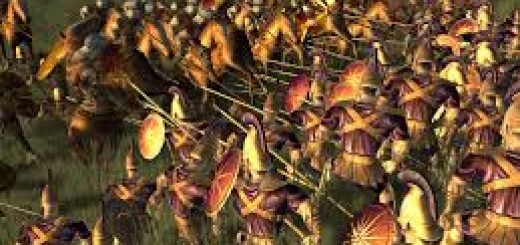By Rabbi Dovid Markel
Parshat Shemot describes Moshe Rabbeinu’s first Divine encounter. As he is pasturing the flocks of his father in Yisro, he perceives a G-dly sight of a thorn bush burning with fire, while the thorn bush was not being consumed.
Inquisitive, he decides to come closer and investigate the matter. The verse (Shemot 3:3) states that Moshe declared “Let me turn now and see this great spectacle why does the thorn bush not burn up?” On this Rashi comments: “Let me turn away from here to draw near to there.”
When Moshe finally approaches the revelation G-d calls out to him and tells him: “Do not draw near here. Take your shoes off your feet, because the place upon which you stand is holy soil.”
In a fascinating essay of the Previous Lubavitcher Rebbe (Likutei Diburim, 5:2) he elucidates how in Moshe’s encounter with the Divine is embedded guidance to all those that wish to perceive G-dliness.
In each step that man takes towards G-d, man must declare “Let me turn away from here to draw near to there,” yet, he must realize that no matter how close he comes that G-d calls out to him saying, “Do not draw near here. Take your shoes off your feet.”
In the pursuit to perceive the Divine whether through intellect or any other perception, the first step is that man realizes “Let me turn away from here.” His cognizance that his perception is incomplete elicits within himself the desire “to draw near to there.”
However, man is likely to delude himself in thinking that he has “arrived” at the place; that he has somehow managed to wrap his mind around G-dly understanding. It is here that G-d responds to his quest saying “Do not draw near here. Take your shoes off your feet.”
On one hand, G-d is indeed to approach the Divine, on the other hand, he must realize that he can never truly reach it. On each level he must “take his shoes off his feet” This is expressive that he must separate the concept from what it is enclothed within.
No matter the level that man reaches, the true G-dliness is ever further. On each level he must discard the corporeality of the infinite levels of allegory to reach the level above it.
As the chasm between man and G-d is infinite, there is a constant reciprocal process. Man takes a step in closeness, and G-d “responds” that he is not yet there. This in turn awakens within man the desire to go even higher, deeper and further in his approach of the Divine.
It is important to remember another facet of this encounter, while man may desire to escape the world and approach G-d, he must keep in mind that it was at this moment of intense revelation that G-d told Moshe to leave his pursuit of G-dliness in the desert and instead return to Egypt and lead Israel.
It is these two aspects that man must always keep in mind. He must constantly strive to perceive G-dliness ever deeper, but at the same moment he must realize that this G-dliness must be brought into the world and inspire others.
May we indeed perceive of the greatest level of G-dliness in a manner that permeates the world, with the coming of Moshiach—now!






















